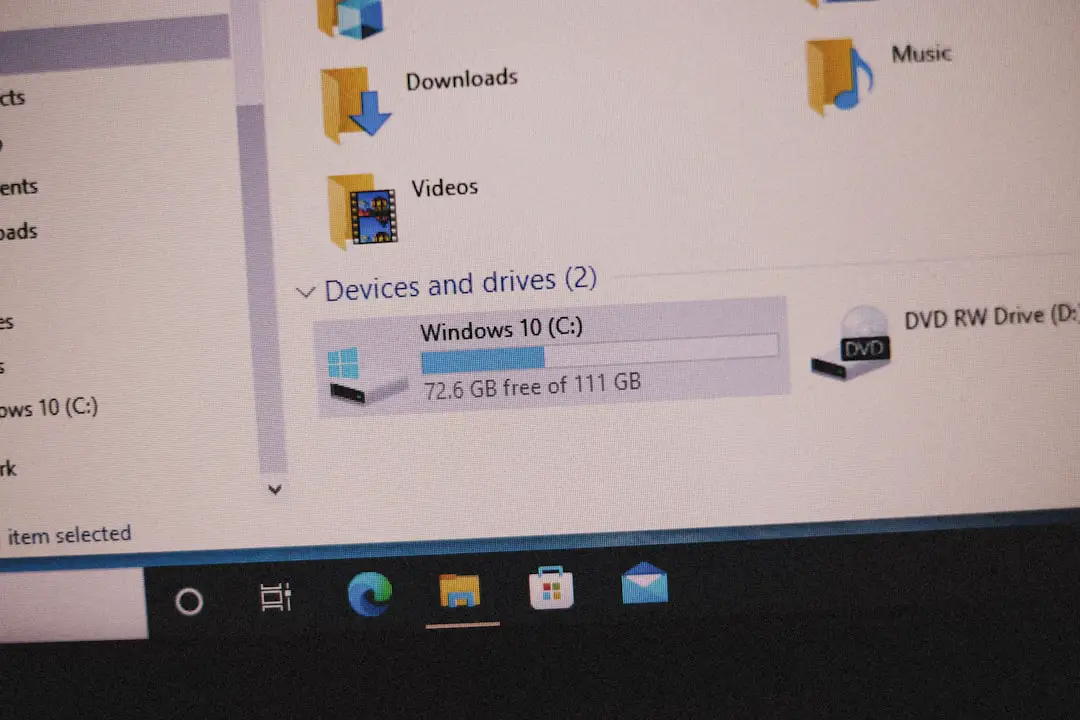Writesonic has become a favorite among digital marketers and content creators for its speed, AI-powered creativity, and advanced SEO tools. However, users of the platform’s SEO mode recently encountered a frustrating glitch: instead of generating usable outlines, Writesonic occasionally returned blank results accompanied by a mysterious error labeled “Content structure error.” Technical anomalies aside, the challenge sparked a broader conversation about functional hierarchy in generated content and led to the development of a smart outline reconstruction script to fix and streamline the process.
TL;DR
Writesonic’s SEO mode recently produced blank outlines due to a “Content structure error”, primarily caused by faulty hierarchy generation and token misalignment within its AI engine. The issue was notable in complex outline prompts that required nested structures. To resolve this, developers created an outline reconstruction script that used AI parsing and content tree restoration to repair and reestablish intent hierarchy. The fix brought consistency back to SEO outlines and even improved flexibility for customized headers and intent layering.
Understanding the “Content Structure Error”
The “Content structure error” seen in Writesonic’s SEO mode wasn’t merely a case of the AI skipping a response—it was a deeper structural failure in how the tool interpreted hierarchical prompts. Typically, the SEO mode generates outlines based on a semantic scaffold that mimics H1, H2, and H3 header layers, essential for readability and SEO optimization. When that scaffolding fails, the tool outputs nothing or submits an unreadable skeleton.
The core of the issue boiled down to:
- Improper nesting of header levels – For example, H3s appearing before H2s or lacking an H2 parent entirely.
- Tokenization limits – In certain cases, long or complex prompts led to memory overruns, causing the AI to abandon the outline midway.
- Intent ambiguity – Where the API could not determine whether the request sought an outline or full-length content, it produced neither.

These errors were particularly prevalent when users submitted requests like “Create an SEO-optimized outline for an article on renewable energy adoption trends globally with subsections for Asia, Europe, and North America.” The depth and branching expectation overwhelmed the parser, leading to the blank output and error confirmation.
Why Hierarchy Matters in SEO Outlines
A site or blog’s SEO performance depends on coherent structure. Search engines prioritize well-organized content with distinct topic segmentation. That’s why Writesonic SEO mode mimics blog-style headers, which reflect:
- Main Themes (H1)
- Subtopics or Sections (H2)
- Supporting Details (H3-H5)
When that structural integrity collapses due to software bugs or misinterpretation, even high-quality content ideas lose their value. Without appropriate header signals and keyword clustering, search engines struggle to recognize article relevance. This makes even minor outline corruption a significant problem.
The Development of the Outline Reconstruction Script
To patch the gap in functionality, a group of developers and power-users built an outline reconstruction script capable of identifying and fixing missing or misclassified headers. The script works by ingested the malformed AI output—or a blank slate—and applied a logic routine to infer and reconstruct the intended hierarchy.
Main features of the reconstruction script included:
- AI parsing with semantic layer detection – The script reads partial outputs and infers missing hierarchy using a ruleset of topic proximity and formatting cues.
- Tree restoration – Rebuilds parent -> child relationships based on thresholds of heading rank and content likeness.
- Header label customization – Allows users to enforce their outline structure (e.g., H1-H2-H3 or H1-H2 only) based on publishing needs.

The script was eventually made available as a plug-in within Writesonic’s browser extension toolkit and was later integrated more tightly via API enhancements. Internal tests showed that faulty outlines could be corrected in under 300ms per outline with approximately 96% accuracy in restoring intended clusters.
How the Script Handles Ambiguous Input
One of the primary strengths of the reconstruction script lies in its ability to recognize patterns even in messy or partial input. Consider a scenario where the AI originally generates:
Title: Benefits of Remote Work
- Flexibility
- Productivity increase
- Case studies
- Work-life balance
While this hierarchy isn’t labeled with headers like H2s or H3s, the script recognizes that “Flexibility,” “Productivity increase,” and “Work-life balance” are all peer subjects under “Benefits,” and can reclassify them under H2. Subpoints like “Case studies” are restored as H3s. This ability emulates human editors—only at much higher speed.
Impact on SEO and Content Strategy
With the hierarchy fixed and operational, Writesonic users returned to producing scalable content with optimized structure much faster. SEO strategists noted the following benefits:
- Better SERP visibility due to proper keyword nesting.
- Improved readability for skimming readers and featured snippet inclusion.
- Higher productivity – Fewer hours spent editing headings manually.
Overall, the success of the outline reconstruction workaround didn’t just solve a temporary bug; it made the case for more intelligent structure parsing within generators across the industry.
Conclusion
The “Content structure error” in Writesonic SEO mode showcased how even advanced tools can falter when dealing with layered data requests. However, the swift development of an outline reconstruction script ensured continuity for content creators and actually improved workflow density. With AI-based editing increasingly becoming the norm, tools like these remind us that even machines need help understanding the structure humans expect—and sometimes, those fixes elevate the system as a whole.
FAQs
-
Q: What caused the blank outline in Writesonic SEO mode?
A: The blank outlines were due to a “Content structure error” caused by failure in header hierarchy construction or token overflow within the AI’s analysis phase. -
Q: How does the outline reconstruction script work?
A: It detects malformed or absent header structures, infers a logical outline using context cues, and rebuilds the outline tree following SEO best practices. -
Q: Can users control the output hierarchy in the reconstructed outline?
A: Yes, the script allows users to customize depth levels and assign mandatory header formats for accurate publishing needs. -
Q: Is the outline reconstruction tool available to all Writesonic users?
A: Initially released as a script, many of its features have been rolled into Writesonic’s API and browser tools for broader access. -
Q: Does this fix guarantee no future outline errors?
A: While the fix dramatically reduces errors, complex prompts may still confuse AI systems. Ongoing improvements and user feedback are key to maintaining reliability.

